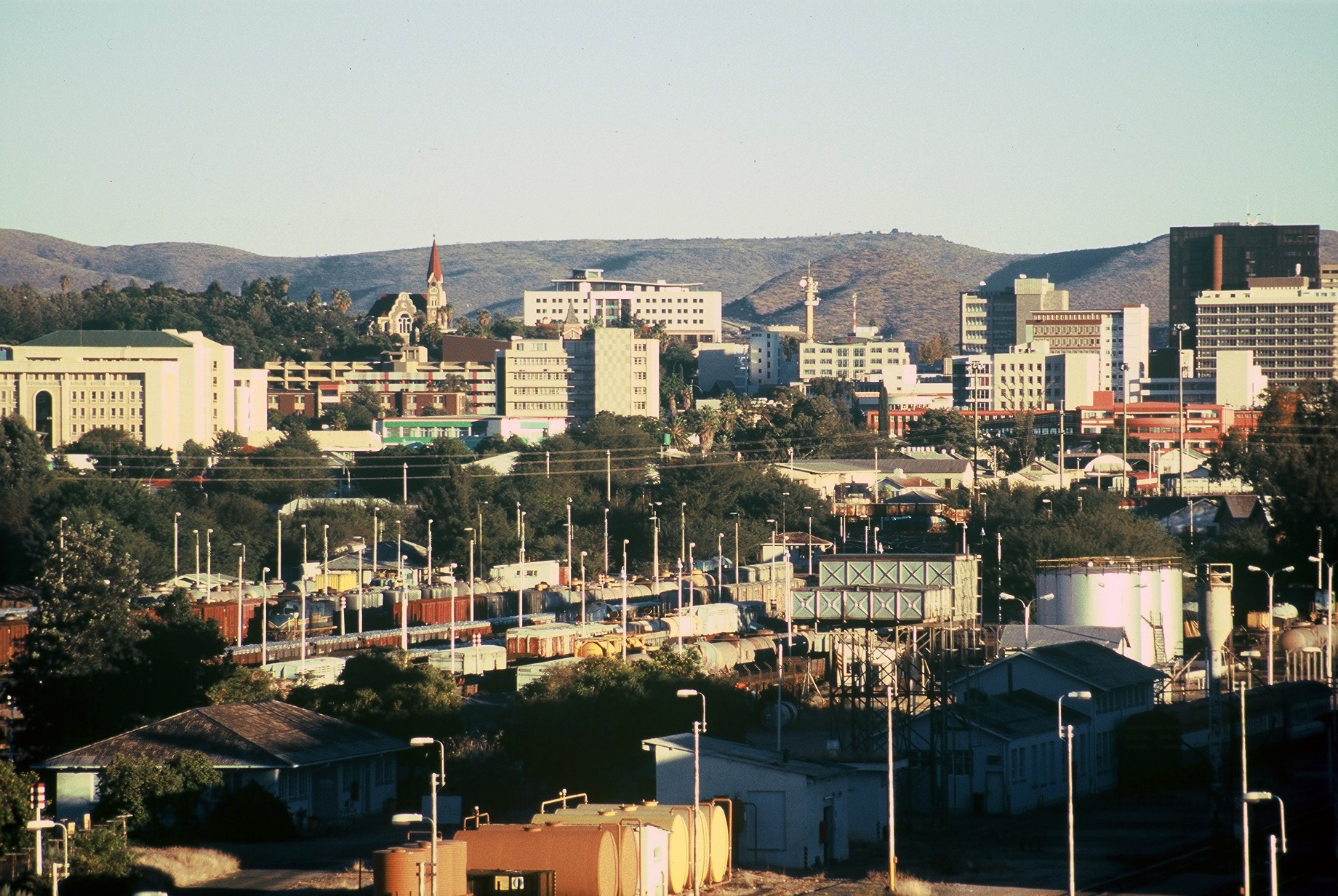After walking through the frigid air condition, awkwardly avoiding eye contract with the tan cabana boys, and opening the heavy door, one sees partying, pseudo Greco-Roman architecture, and drinking, LOTS of drinking. Off to the left is Venus’ Garden, named after the capricious goddess of love and sex/extramarital affairs. This garden, surrounded by cinder-block hotel rooms and restaurants, is surprisingly quiet. This secluded jardin of love is usually where weddings take place. There are several stone benches as well and a columned canopy with leaves and branches intertwined in its bronze roof. The one downfall of this otherwise enchanting place is the plastic turf grass in the most unnatural shade of “natural” green. Although I am aware of the issues with planting water-devouring plants in the middle of a barren desert (Las Vegas), Caesar’s Palace could have installed real grass or other xeriscaping.
Upon exiting the garden of Venus, one stands underneath a marvelous porch that imitates that of a Roman temple. Although there isn’t a forest of industrialized columns, the porch is similar to the that of the Pantheon in Rome. The pediment, however, was perfectly Roman and actually fit the time period Caesar’s Palace is copying. The scene in front of one’s eyes at this point is the pretty chaotic. When the sun is burning backs, chests, stomachs, and other exposed body parts, the party is in full swing. People, usually tipsy or full on drunk, are stumbling past, carrying enormous glasses at least four feet long. However, minus the revelers and the sun bathers, the architecture of the pleasure pool is neat. In the center of the glittering (and highly chlorinated) pool, there is another canopy the color of freshly whitened teeth. While frolicking in the pool, one can climb on the canopy, survey the partying scene, and dive into the azure waters on the other side. On the sides of the main pool are pseudo temples with Greco-roman facades. These buildings have fluted Corinthian columns (unfortunately lacking entasis) and Greek kraters ringing the entrances. These pots have grape vines and leaves as well as the mesmerizing meander pattern. One of the buildings that particularly amused me was the “Snackus Maximus.” Although grammatically incorrect in Latin and completely stereotypical of Rome (no, not everyone was named “Maximus” like Russell Crowe in Gladiator), the name is catchy. For a quick grammar lesson, “Maximus” is actually a masculine single noun in the Nominative case in Latin; it also belongs in the second declension (the “us” ending usually denotes the second declension).There were several other temple-fronted buildings that opened onto the main ground floor of Caesar’s Palace.
On the right side of the pool complex, past the distinctly tropical, Florida-like palm trees and the multitude of orange sun bathers soaking in damaging UV rays, there is another (not as grand or dramatic) pool. However, this structure contains an “in pool” bar. By dipping one’s body in the water, braving the curtain of ice cold water dripping from the overhanging ledge, and making it to the floating table, one can buy a fruity sangria that tastes like summer in a glass. The other notable feature of this ancient Mediterranean-style pool complex is the condottieri statue (a representation of a victorious general on his equally impressive horse). Although I do not know the name of the artist, the monumental statue which overlooks the Vegas pleasure scene is similar to the condottieri statues created during the Renaissance in Italy. One particular reference is the statue of Bartolomeo Colleoni by Verrocchio (creator of one of the clothed Davids). These impressive statues are meant to convey raw power, strength, and everlasting influence.
On the opposite side of the menacing marble general is another Greek temple façade with prominent acroterion on the roof. These acroterion (figures on the cornices or roofs of ancient temples) are similar to those adorning the roofs of Etruscan temples. The Etruscans were neighbors of the first Romans, and they, like the rest of the known Mediterranean world, were absorbed into the starched folds of the Roman Empire. The flat façade of this particular temple is akin to Maderno’s design for the front of St. Peter’s Basilica in the Vatican. Maderno added symmetry and a tastefully “classical” look to this Basilica, and this Caesar’s Palace rendition tries to imitate that.

